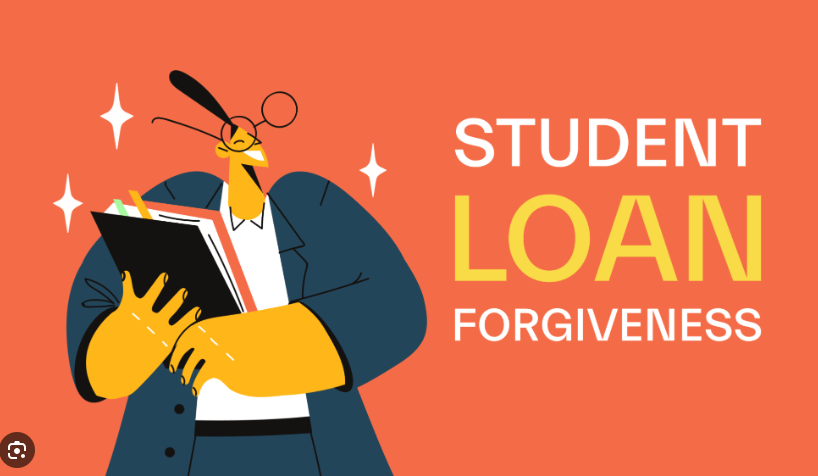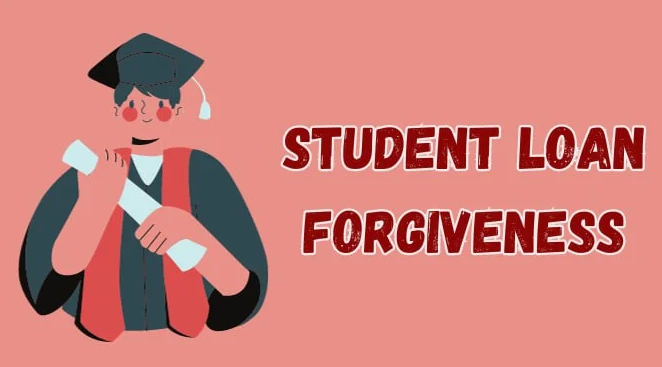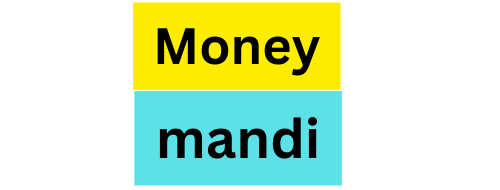Applying for Student loan forgiveness is a beacon of hope for many individuals burdened by the weight of student loan debt. In this article, we will guide you through the intricate process of applying for student loan forgiveness, covering various programs and crucial steps to ensure a smooth application experience.
I. Introduction
Table of Contents
Applying for Student Loan Forgiveness
Navigating the complex world of student loan forgiveness can be challenging, but understanding the process is crucial for those seeking relief from their educational debt. As the financial landscape evolves, it’s essential to stay informed about the available options.
II. Types of Student Loan Forgiveness Programs
A. Public Service Loan Forgiveness (PSLF)
1. Eligibility Criteria
To qualify for PSLF, applicants must meet specific eligibility criteria, including having qualifying employment and making 120 qualifying monthly payments.
2. Qualifying Employment
Understanding what constitutes qualifying employment is vital for PSLF applicants. This includes working for a qualifying employer, such as a government organization or nonprofit.Applying for Student Loan Forgiveness

3. Required Monthly Payments
PSLF requires borrowers to make 120 monthly payments while working in qualifying employment. It’s crucial to stay consistent with these payments to be eligible for forgiveness.Applying for Student Loan Forgiveness
B. Teacher Loan Forgiveness
1. Eligibility Requirements for Teachers
Teachers can benefit from a specialized loan forgiveness program. To qualify, teachers must meet specific requirements related to their teaching service and the type of school where they work.
2. Maximum Forgiveness Amount
Teachers can receive forgiveness of up to a certain amount, depending on their teaching qualifications and the subject areas they teach.
3. Teaching Service Requirements
Understanding the teaching service requirements is essential for teachers seeking loan forgiveness. Certain criteria, such as the number of years taught and the subject area, must be met.Applying for Student Loan Forgiveness
C. Income-Driven Repayment (IDR) Forgiveness
1. Overview of Income-Driven Repayment Plans
Income-driven repayment plans offer a pathway to forgiveness for borrowers struggling with high monthly payments. These plans base payments on income and family size.
2. Qualification Criteria
Qualifying for IDR forgiveness involves meeting specific criteria related to income, family size, and the type of federal student loan.
3. Remaining Balance Forgiveness
After making qualifying payments for a designated period, any remaining balance on the loan may be eligible for forgiveness.

III. How to Apply for Student Loan Forgiveness
A. Gather Necessary Documentation
Before applying for forgiveness, gather essential documentation, including proof of employment, loan details, and income information.Applying for Student Loan Forgiveness
B. Submitting the Application
Follow the application process carefully, ensuring all required information is accurate and complete. Submission methods may vary, so double-check the guidelines.
C. Follow-Up and Tracking Progress
After submitting your application, monitor its progress regularly. Follow up with the loan servicer if any delays or issues arise.
IV. Common Mistakes to Avoid
A. Missing Deadlines
Timeliness is crucial when applying for loan forgiveness. Missing deadlines can result in delays or even disqualification.
B. Incomplete or Inaccurate Information
Provide accurate and complete information to avoid potential issues during the application review.
C. Ignoring Eligibility Criteria
Failure to meet eligibility criteria can lead to disappointment. Thoroughly understand and fulfill all requirements before applying.
V. Benefits and Challenges of Student Loan Forgiveness
A. Financial Relief for Borrowers


Student loan forgiveness offers significant financial relief, allowing borrowers to break free from the shackles of educational debt.Applying for Student Loan Forgiveness
B. Potential Tax Implications
Understanding potential tax implications is crucial, as forgiven amounts may be considered taxable income.
C. Long-Term Impact on Credit Score
While forgiveness can alleviate financial strain, it’s essential to consider the potential impact on your credit score and future financial decisions.
VI. Alternatives to Student Loan Forgiveness
A. Student Loan Refinancing
Refinancing offers an alternative to forgiveness, allowing borrowers to secure better interest rates and repayment terms.
B. Loan Repayment Assistance Programs
Explore available repayment assistance programs that provide financial support for loan repayment.
C. Creating a Personalized Repayment Plan
Crafting a personalized repayment plan based on your financial situation and goals can be an effective strategy.
VII. Success Stories
A. Real-Life Examples of Individuals Who Successfully Applied for Forgiveness
Discover inspiring success stories of individuals who navigated the student loan forgiveness process successfully.
B. Lessons Learned from Their Experiences
Extract valuable lessons from these stories to enhance your own application journey.
VIII. Future Changes and Updates
A. Possible Changes in Student Loan Forgiveness Policies
Stay informed about potential changes in student loan forgiveness policies and adjust your strategy accordingly.



B. Staying Informed About Updates
Regularly check for updates and changes in forgiveness programs to ensure you are aware of any alterations to the application process.
IX. Conclusion
In conclusion, applying for student loan forgiveness is a nuanced process that demands attention to detail and a thorough understanding of eligibility criteria. By exploring the various forgiveness programs and avoiding common mistakes, individuals can embark on a journey toward financial freedom.
Frequently Asked Questions (FAQs)
Q: Can I apply for student loan forgiveness if I have private loans?
A: Generally, forgiveness programs primarily apply to federal student loans. However, some private lenders may offer alternative relief options
Q: How does student loan forgiveness impact my credit score?
A: While forgiveness itself may not directly impact your credit score, the forgiven amount’s tax implications and the effect on your debt-to-income ratio can influence credit decisions.
Q: Are there any fees associated with applying for student loan forgiveness?
A: No, applying for student loan forgiveness is typically free. Be cautious of scams or services that charge fees for assistance.
Q: Can I apply for multiple student loan forgiveness programs simultaneously?
A: In some cases, individuals may qualify for multiple forgiveness programs, but it’s essential to understand the specific eligibility criteria for each.
Q: What happens if my forgiveness application is denied?
A: If your application is denied, review the reasons for denial and explore alternative repayment options. You may also have the option to appeal the decision.







Thank you for writing this article. I appreciate the subject too.
The articles you write help me a lot and I like the topic
Great beat ! I would like to apprentice while you amend your web site, how could i subscribe for a blog site? The account helped me a acceptable deal. I had been a little bit acquainted of this your broadcast provided bright clear concept
I’m so in love with this. You did a great job!!
I’m so in love with this. You did a great job!!
Your articles are extremely helpful to me. May I ask for more information?
Your articles are extremely helpful to me. Please provide more information!
Can you write more about it? Your articles are always helpful to me. Thank you!
Good web site! I truly love how it is easy on my eyes and the data are well written. I am wondering how I could be notified whenever a new post has been made. I’ve subscribed to your RSS which must do the trick! Have a nice day!